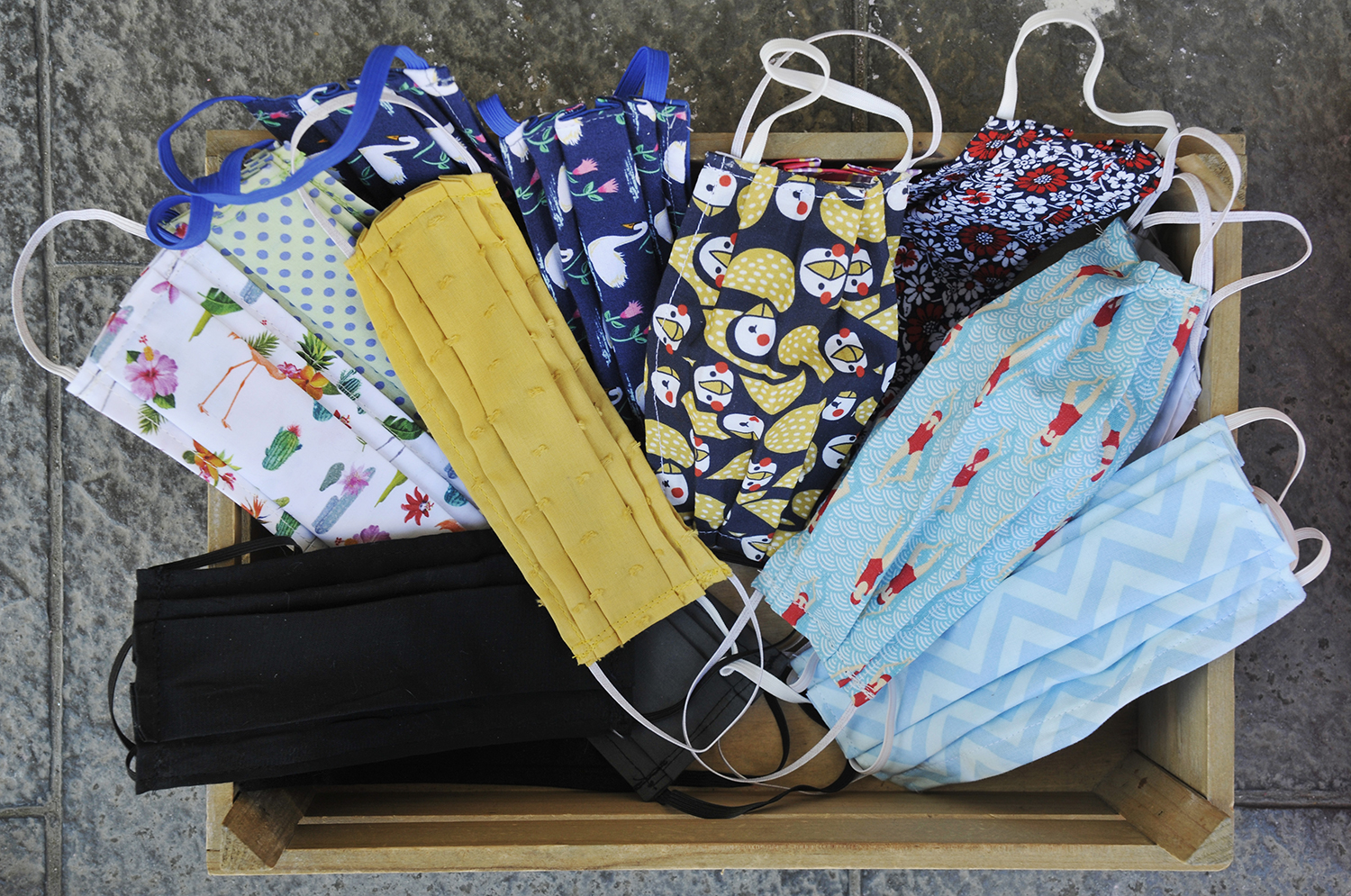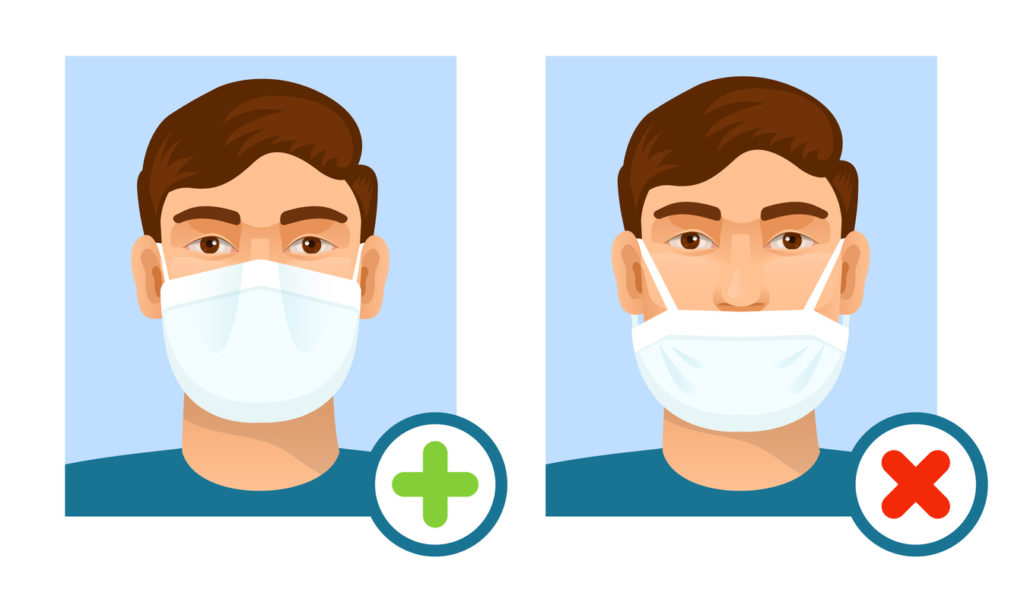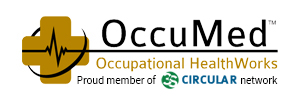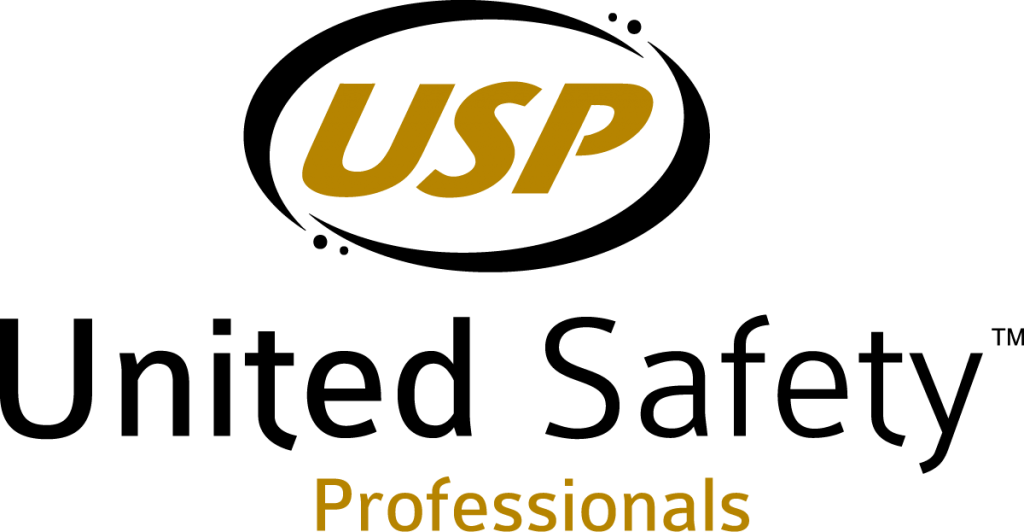It probably comes as no surprise that masks are the latest fashion accessory. Everyone should be wearing one. They are the in thing. But, the real reason they’re the latest trend is because we need to wear them for our safety, because scientific evidence has shown that wearing a mask is a key factor in slowing the spread of the. However, while it seems like such a simple concept, there are a lot of details that you have to take into consideration when wearing a mask.

It might seem as easy as placing your mask on, but there are certain things you have to take into account to get the maximum benefit from the mask, not only for you but for the people around you. According to the recent CDC guidelines on how to wear masks, one of the most important things you must remember to do before putting your mask on is to wash your hands. This will help prevent any contamination of your mask, because you do not want to get any germs—Coronavirus or otherwise—onto the mask that you’ll have on your face for the duration of your time in public. With your clean hands, take the mask by the ear loops or straps, then place it over your face. After fastening it into place, pull the mask so the top is over the top of your nose, and the bottom is under your chin. The goal is to create a snug fit, especially on the sides of the mask, to prevent any openings to allow germs in or out. But, make sure you are able to breathe in the mask. Just because the mask is supposed to stop germs and pathogens from getting in and out does not mean that it should completely stop the oxygen flow. But, when choosing your mask, please do not use surgical masks or N95 respirators. These need to be reserved for medical staff and frontline workers.
Almost as important as properly putting the mask on is properly taking the mask off. Once you are home, remove the mask by handling the ear loops or straps only. Try not to touch the mask itself to prevent getting anything that the mask may have trapped onto your

hands, which could ultimately lead to cross-contamination. Fold the mask by bringing the two ends together, and then place in the washing machine. Once you have finished this, wash your hands immediately, and avoid touching your face before completing this important step. For steps on how to properly wash your cloth face covering, check out the CDC’s official guidance on the topic here.
As with every rule, there are a few exceptions regarding when not to wear a mask. The CDC says that masks should not be worn by children under two, as well as anyone who will be negatively impacted from a medical standpoint by wearing a mask. This includes people who have trouble breathing, anyone who is unconscious or incapacitated, or those who would be unable to remove a mask on their own. But, for the vast majority of people, it is strongly advised, and in many places, required to help slow the spread of COVID-19.
Wearing a mask is an important part of protecting ourselves and others during this public health crisis and helping bring it to an end sooner. The mask will help protect others if you are suffering from COVID-19 but are asymptomatic. It is important to keep your mask on properly while you are in public settings where you are unable to keep at least six feet away from others, or when you are in direct contact with people who are not in your immediate family. The mask does not mean that you do not have to ignore other everyday health practices, such as washing your hands properly and avoiding others who are sick. But, if we all do our part in wearing masks properly, we can slow the spread!
If you have concerns about your workforce and coronavirus, please contact us today to learn about steps you can take to protect yourself, your family, and your employees. Check out some steps you can take to create safe workplace environments during the current health crisis here.


